We may earn money or products from the companies mentioned in this post. This means if you click on the link and purchase the item, I will receive a small commission at no extra cost to you ... you're just helping re-supply our family's travel fund.
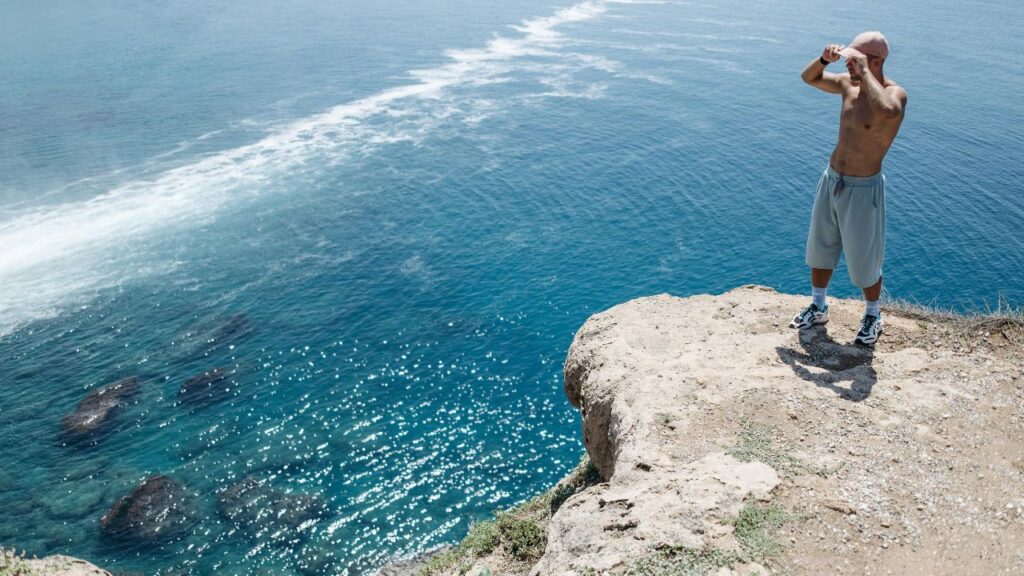
Traveling solo can be empowering, but not every destination is made for a party of one. Whether it’s due to safety concerns, remote terrain, political instability, or cultural norms, some places are better tackled with a companion or group. Just because a spot seems calm on the surface doesn’t mean it’s smart to go it alone. Here are 12 places around the world that solo travelers should think twice about—no matter how experienced or adventurous they may be.
The Darien Gap, Panama Colombia
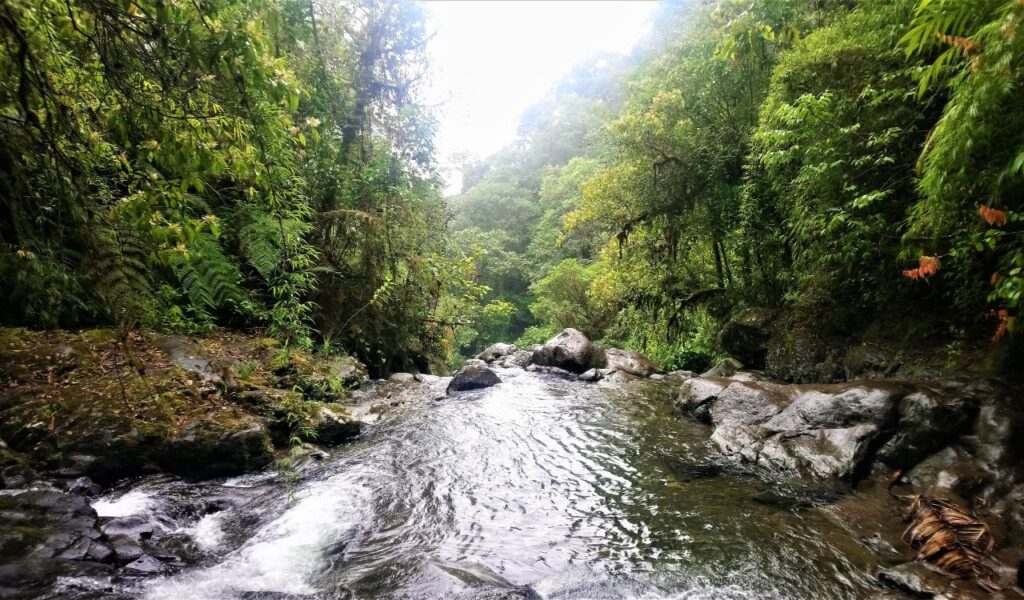
This lawless stretch of jungle is dense, rugged, and largely roadless. Smugglers, drug cartels, and paramilitary groups use it as a transit corridor, and there’s no official infrastructure or rescue support. Even seasoned hikers traveling in groups often run into trouble. Solo adventurers risk getting lost, injured, or worsewithout any way to call for help. No matter how experienced you are, going alone through the Darien Gap is a gamble not worth taking.
Mogadishu, Somalia
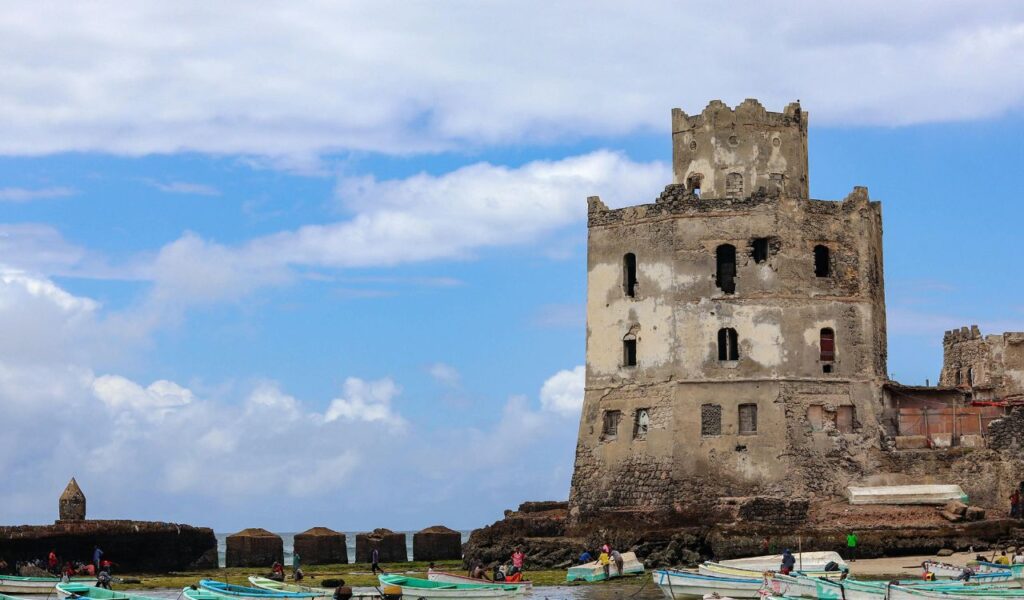
Though Somalia’s capital has seen some efforts at rebuilding, it’s still plagued by bombings, kidnappings, and political violence. Western governments routinely warn against travel there due to high risks of terrorism and lawlessness. Even journalists and aid workers with local security escorts tread carefully. Solo travelers stand out, making them more vulnerable. This isn’t the place to test your independence—bring serious backup or skip it entirely.
Chernobyl Exclusion Zone, Ukraine
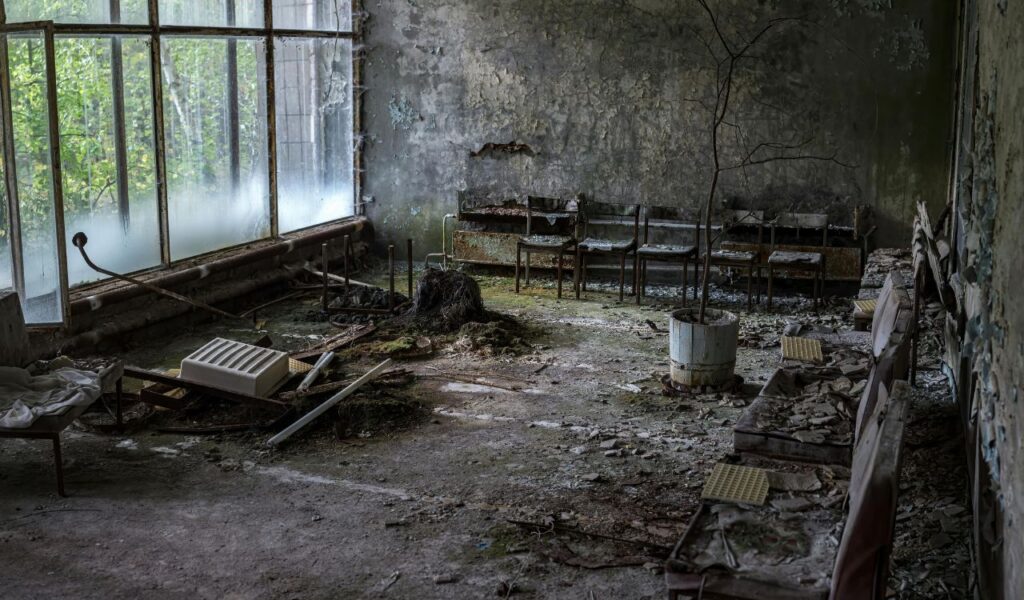
Chernobyl might seem like an offbeat bucket-list trip, but it’s no solo traveler’s playground. Radiation levels vary by area, and without a guide, you could easily wander into a dangerously contaminated zone. Plus, the region still contains unstable structures and unmarked hazards. While guided tours are safe and well-monitored, solo visits are illegal for a reason. This is one eerie adventure that’s best experienced in a group with expert oversight.
North Sentinel Island, India
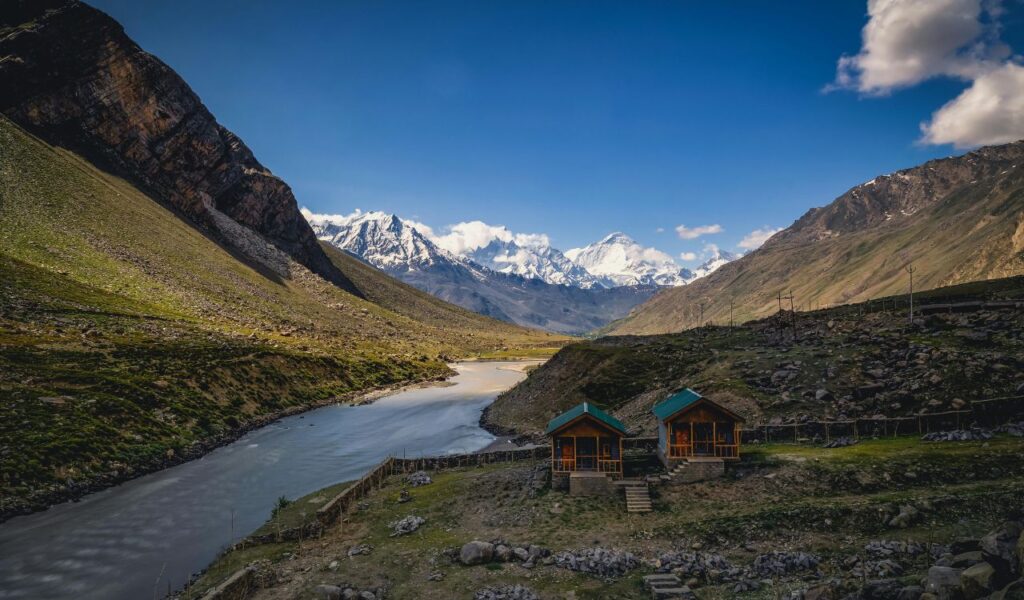
Located in the Bay of Bengal, this island is home to the Sentinelese, an Indigenous tribe that violently resists outside contact. Indian law strictly forbids anyone from visiting or approaching the island to protect both visitors and the tribe. Tourists have been killed trying to land there. Going solo not only puts your life in danger, it violates international human rights and conservation policies. This is a hard no—don’t even think about it.
Ciudad Juárez, Mexico

Despite recent improvements, this border city has a long history of cartel violence, kidnappings, and extortion. Tourists are rarely targeted, but being alone increases your risk of being in the wrong place at the wrong time. Petty crime is high, and it’s easy for a solo traveler to be spotted and followed. If you must visit, travel with someone who knows the area, and don’t wander off-path. Safety in numbers matters more here than you might expect.
The Outback, Australia

Australia’s remote interior might look peaceful and picturesque, but it’s no place to travel alone. Distances between towns can be vast, GPS signals unreliable, and extreme temperatures life-threatening. If your car breaks down or you run out of water, help could be days away. Locals advise carrying satellite phones and survival supplies even when traveling in groups. For solo travelers, the risks of dehydration, disorientation, and death are very real.
Kashmir, India
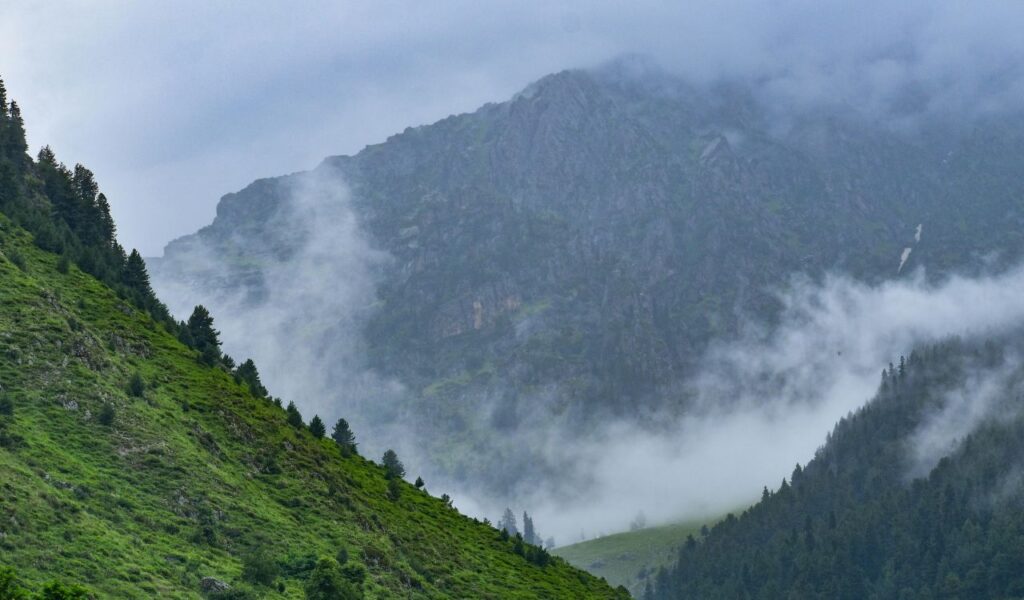
The Kashmir region is stunning but unstable. Territorial disputes between India and Pakistan keep tensions high, and sudden military lockdowns can trap travelers without notice. Internet blackouts and violent protests aren’t uncommon. While some areas are peaceful under heavy security, it’s easy to get caught in unrest. Navigating that alone, especially without local connections or language skills, can be dangerous. Best to go with someone who knows the landscape.
Democratic Republic of Congo (DRC)
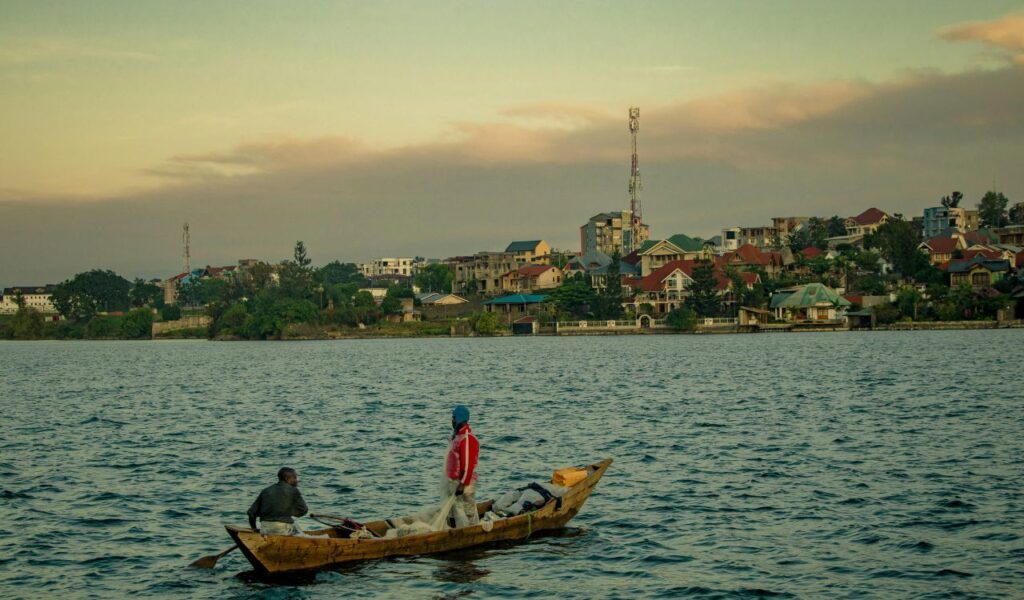
The DRC is one of Africa’s most resource-rich countries, but it’s also plagued by armed conflict, disease outbreaks, and a weak infrastructure. Even in cities like Goma, violence and kidnappings are serious threats. Solo travelers are often viewed with suspicion and may lack support in emergencies. Some national parks are accessible with armed guides, but venturing out alone is incredibly risky. This is a destination that demands backup, planning, and caution.
Papua New Guinea
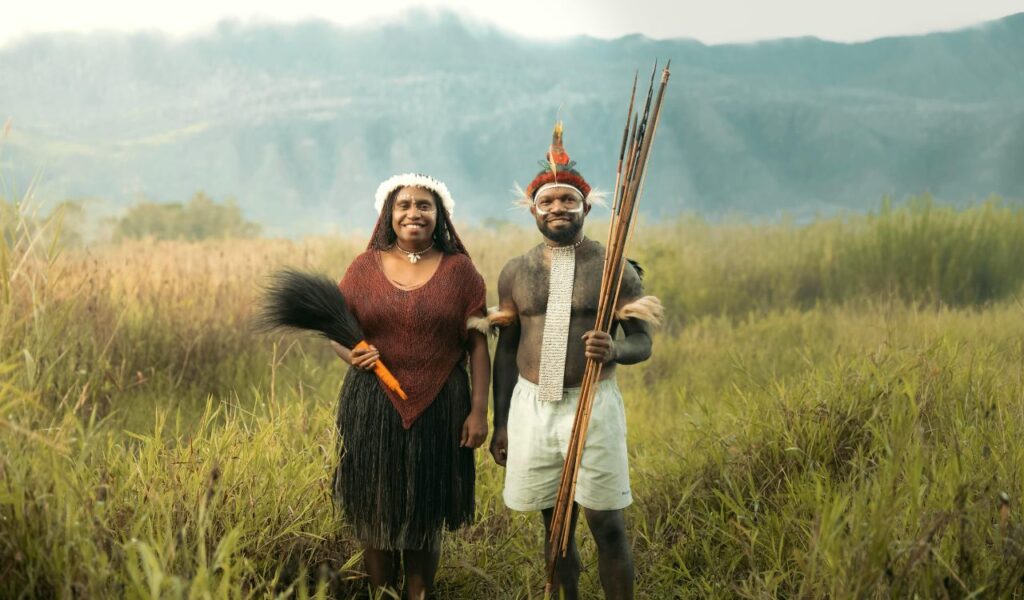
With limited infrastructure, tribal tensions, and rough terrain, Papua New Guinea presents unique challenges. Even in Port Moresby, the capital, violent crime rates are high. In remote areas, language barriers, lack of reliable transport, and the absence of tourist services make solo travel complicated and sometimes unsafe. Tribal disputes occasionally erupt into violence without warning. Group tours or local guides are highly recommended for navigating this rugged destination.
Afghanistan
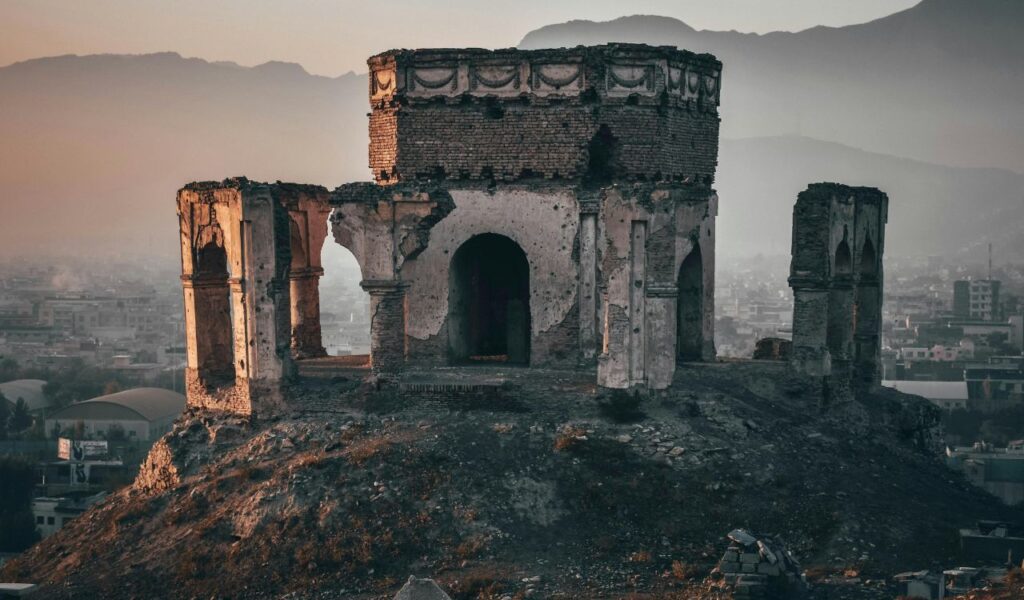
While full of cultural richness and history, Afghanistan remains off-limits for most solo travelers due to conflict, terrorism, and instability. The Taliban’s presence makes Western visitors especially risky targets. Infrastructure is fragile, and consular support is nearly nonexistent. Even journalists and aid workers require heavy security. Traveling alone through Afghanistan isn’t brave—it’s reckless. No thrill or story is worth the danger you’d be walking into.
Death Valley, USA
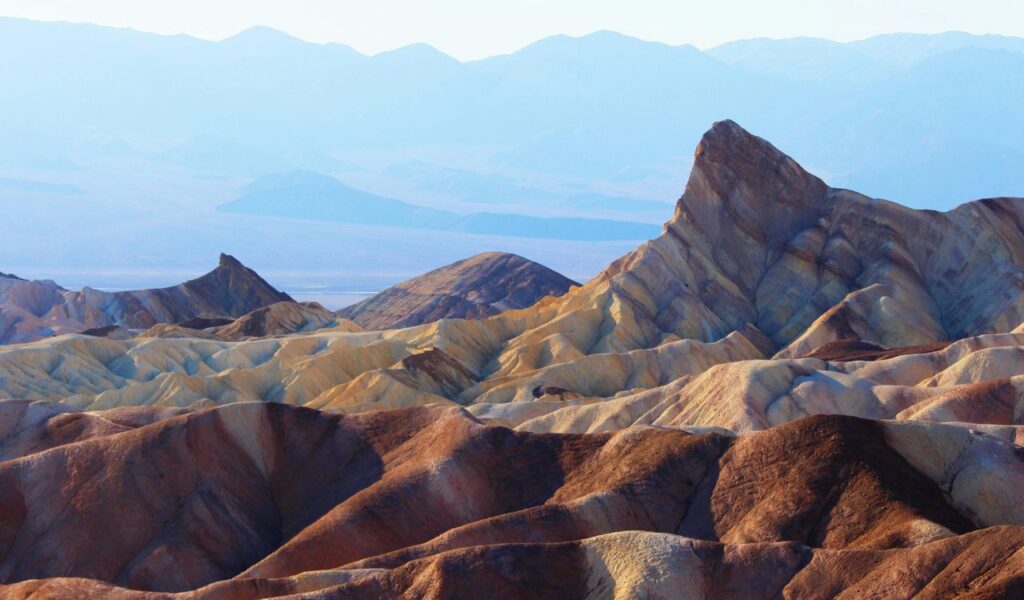
This national park is brutally hot in summer, with temperatures soaring above 120°F. Cell service is spotty, and vehicle breakdowns are common. Dehydration can hit fast, especially if you’re hiking or stranded without backup. Every year, unprepared visitors fall victim to the desert’s extreme conditions. Even though it’s in the U.S., don’t underestimate Death Valley’s isolation. Solo travelers can vanish here—sometimes permanently—without anyone noticing until it’s too late.
Sahara Desert, North Africa
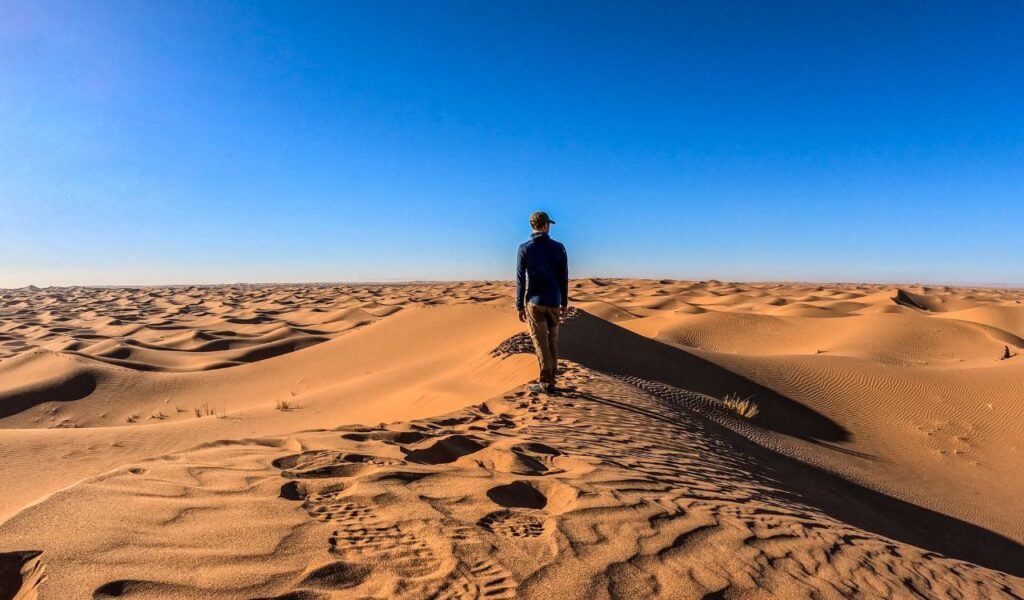
The world’s largest hot desert is stunning but unforgiving. Shifting dunes, scorching daytime heat, and freezing nights create conditions that overwhelm even seasoned explorers. Distances between settlements are vast, and a single navigation error can leave you stranded without water or shelter. Bandit activity in some border regions adds another layer of risk. Solo travelers face serious dangers from heatstroke to disorientation, so this is a place where experienced guides and a convoy aren’t optional—they’re essential.